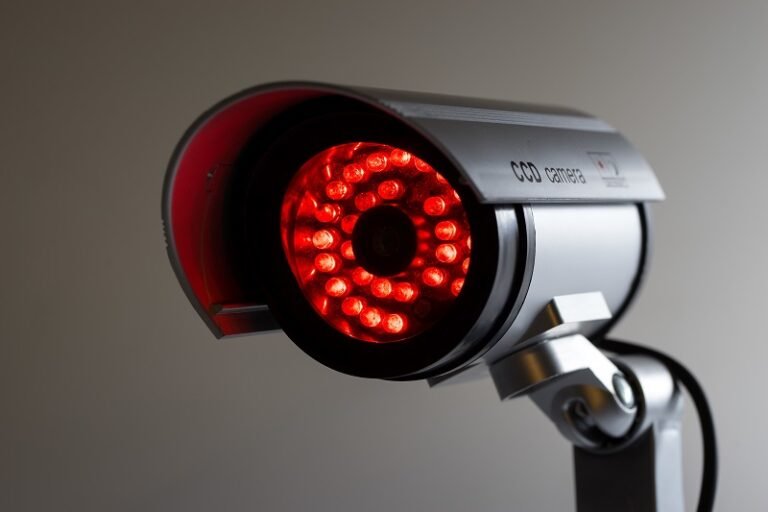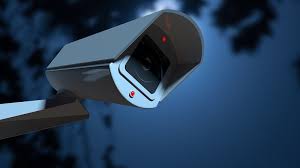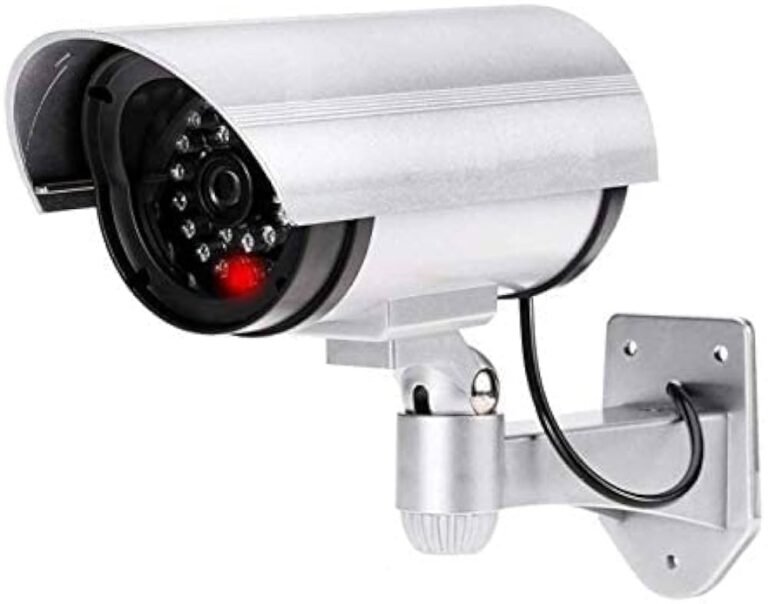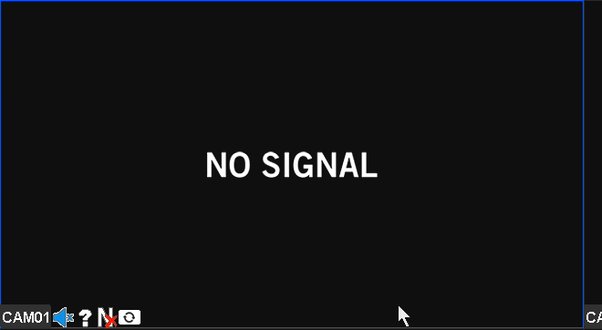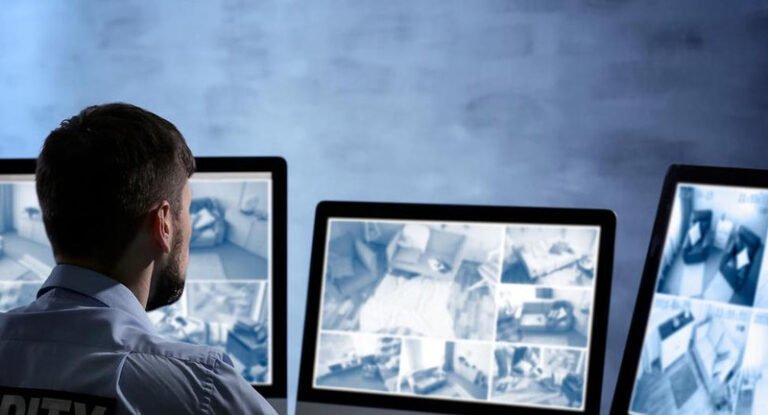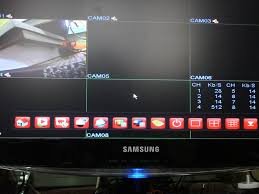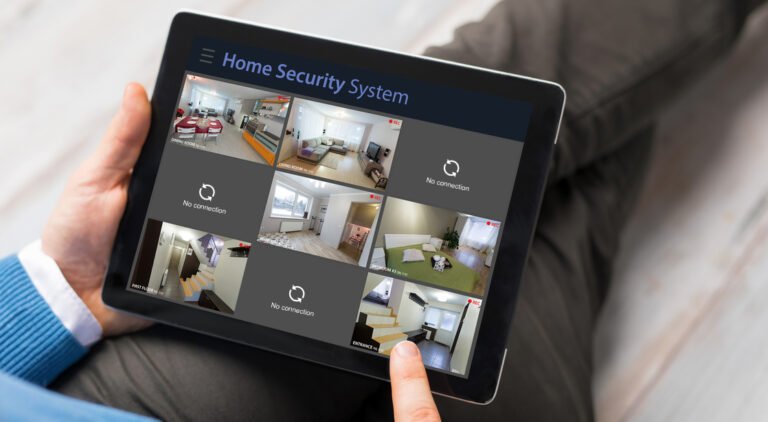DVR vs NVR vs HVR – 5 diferenças principais explicadas

Por fim, quando se trata de sistemas de vigilância, DVRs, NVRs e HVRs apresentam diferenças marcantes. Os DVRs geralmente oferecem qualidade de vídeo de até 1080p e utilizam cabos coaxiais, enquanto os NVRs suportam 4K e se conectam via Ethernet. Os HVRs combinam os dois tipos de cabo para…

